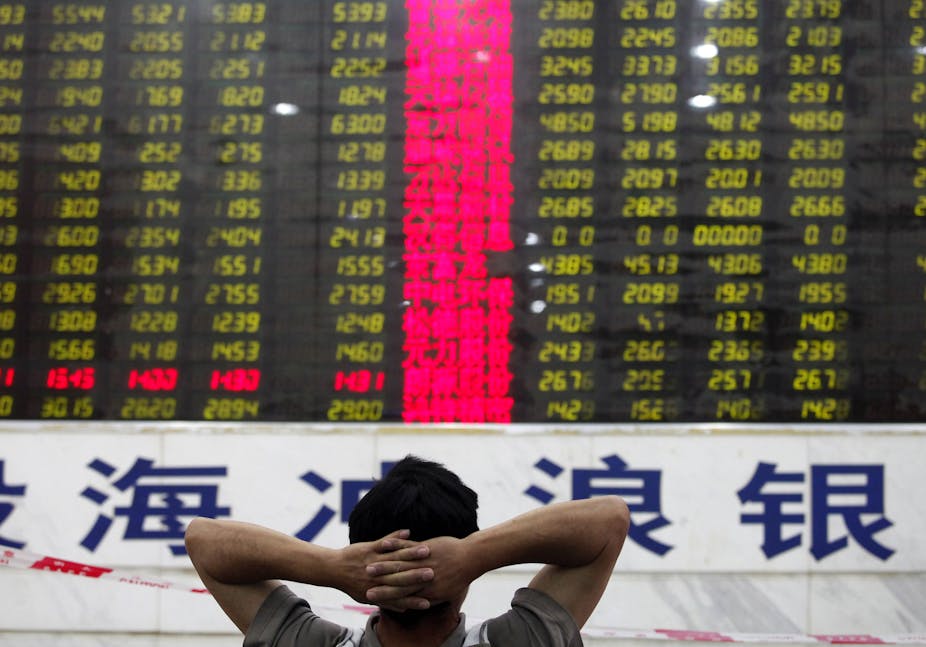A new global economic order is not finally taking shape. Instead, the world economic order has been evolving over time, and it will continue to evolve into the future, more often than not, in unexpected ways.
The notion that some final shape will emerge is an illusion. A backward glance at the rise and decline in the economic and political power of nations confirms this.
Economic and political orders haves always changed, and it seems highly likely that this pattern will continue into the future.
For example, the world economic order in 1850 was largely dominated by the UK. Although its population of 27 million was a small fraction of that of China and India (7 and 12% respectively), it managed to dominate both of these large countries, particularly India, for quite some time.
One hundred years later in 1950 most of the global power of the UK had evaporated. The global economic order had come to be dominated by the USA and, to a lesser extent, by its then nemesis, the USSR.
Fast forward 40 years to around 1990. Between 1950 and 1990, Japan had been catching up with the USA.
Some experts predicted that Japan would overtake the USA to become “number one”.
The relative rise of Japan is shown in the figure below which measures the total level of production (gross domestic product abbreviated to GDP) in Japan as a per cent of GDP in the USA. Between 1950 and 1990 Japan’s GDP rose from being around 10% of the USA’s, to 40%.
After that achievement, Japan went into an unanticipated 20-plus year decline.
Share prices are still around one third of the value they were more than twenty years ago, and the Japanese land price index has similarly not risen for two decades.
No one predicted this. Likewise none of the experts predicted the collapse of the afore-mentioned USSR around the same time that the Japanese economy went into decline.

Fast forward to the present. The above figure indicates that the Chinese economy has been rising inexorably to apparent global supremacy.
According to these estimates, the Chinese economy was already 93% of the size of the US economy in 2009.
Extrapolating these data into and beyond the present suggest that the Chinese economy will match the US, in terms of the sheer volume of its economic output, within a few years; indeed, perhaps it has already achieved this.
If the overall relative performance of the two economies over the last two decades is extrapolated into the future, by 2031 the Chinese economy will be three times the size of the US, and India will have the same approximate size relative to the United States that China had in 2009.
If these extrapolations are actually realised, China will indeed be an economic and thus political power to be reckoned with.
But that doesn’t necessarily mean that China will dominate the world economic order, the way the US has during much of the previous century.
Back in the 1850s, when the UK dominated the global economic order, its economy was a quarter the size of China’s.
What the UK had that China did not, was a relatively open political system and outward-looking economic system. It was open to new ideas and innovation. Its average living standard (per capita GDP) was four times that of China.
China’s economic system has been much more open over the last few decades than it has been in the past.
But its political system, though less chaotic than during the period Mao Zedong was in power, is still quite rigid.
Whether the rigidity of the political system will stifle China’s global economic assent is hard to judge. Perhaps not in the short run, but in the long run my guess is that it will.
All in all, it seems highly likely that economic and political power will be more diffused 20 years down the track, than is currently the case.
China will be much more influential, as will India and other countries that manage to maintain relatively high growth rates.
But there are many unknowns: global warming, new technologies, political vicissitudes. How these things might pan out, no one really knows. The lesson that might be drawn from this: expect the unexpected.

